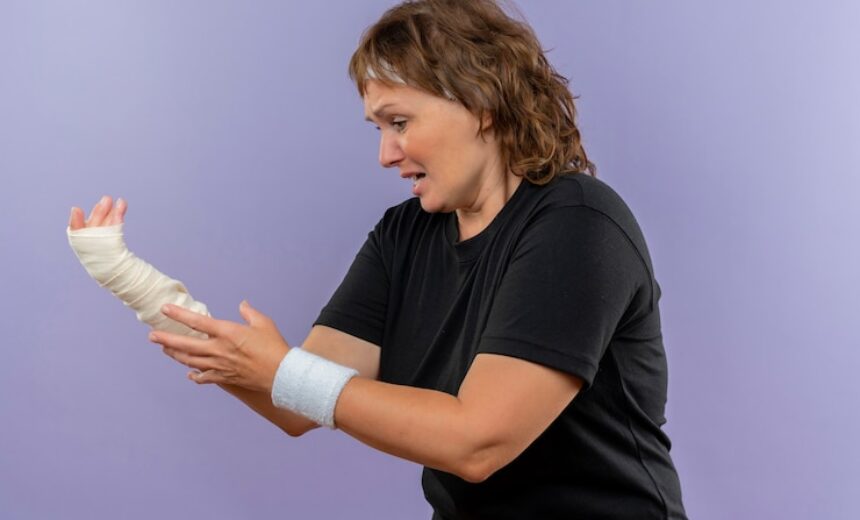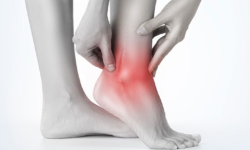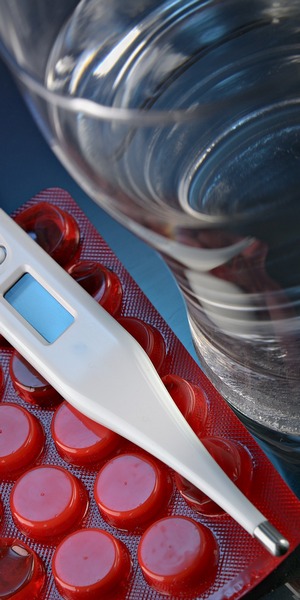FOOSH Injury: Common Hand Injuries in the Emergency Room

Navigating the Emergency Care Landscape Amid Rising FOOSH Incidents
The bustling environment of emergency care centers is no stranger to a vast range of injuries, with FOOSH – a common occurrence, marking a notable rise over the years.
This trend underscores the urgency of prompt medical examination to mitigate potential long-term impacts.
Decoding FOOSH Injuries
FOOSH, an acronym for “Fall Onto an Outstretched Hand,” aptly depicts an injury mechanism that impacts various parts of the upper limb including:
- The hand;
- Wrist;
- Elbow;
- Shoulder.
One prevalent subtype is the Colles’ fracture, a specific wrist injury characterized by the breaking of the distal radius in the forearm. Owing to its proximity to the radiocarpal joint, it’s often referred to as a wrist fracture.
Typical symptoms of a Colles’ fracture encompass localized pain, wrist swelling, potential deformities, and in isolated instances, hand numbness indicative of median nerve damage – a precursor to carpal tunnel syndrome, which could further impair finger mobility. Young individuals engaged in activities like skateboarding, rollerblading, running, or skiing – especially those involving falls from heights or collisions with vehicles – are particularly at risk.
Medical examination necessitates a thorough check for skin lacerations indicative of open fractures and an assessment of the sensory and circulatory functions of the hand, wrist, elbow, and shoulder. While visible wrist deformities may hint at a FOOSH injury, radiographic confirmation is often required for a definitive diagnosis.
In cases where fractures are elusive on standard X-rays, a CT scan may be warranted. Maintaining a heightened suspicion of fractures, especially with a clear injury mechanism, is crucial.
Immediate Response to FOOSH Injuries
Knowing initial care steps can be invaluable in minimizing damage and discomfort preceding professional medical attention.
- Assess the Situation: Initiate an environment evaluation, ensuring the safety of both the victim and yourself. In public places, remove the injured individual from immediate dangers, such as ongoing traffic;
- Ensure Immobilization: Stabilize the injured limb to preclude further damage. The victim should keep the injured hand, wrist, or arm as stationary as possible. Utilize splints, rolled-up magazines, or clothing for support and immobilization to mitigate movements and injury exacerbation;
- Elevate and Apply Ice: Elevating the limb can alleviate swelling. Ice application, using a cloth or towel as a buffer to prevent frostbite, can ease pain and swelling;
- Pain Relief: Administer over-the-counter pain relievers like ibuprofen or acetaminophen, considering allergies or contraindications;
- Avoid Pressure and Tight Clothing: Shun applying pressure or using constrictive clothing or accessories on the injured area to ease discomfort and maintain circulation;
- Seek Professional Medical Help: While initial steps offer temporary relief, seeking immediate professional medical attention is essential. FOOSH injuries can lead to fractures, ligament tears, or nerve damage, requiring accurate diagnosis and treatment for complete recovery.
Addressing FOOSH Injuries
Treatment approaches for FOOSH injuries can range from simple bandaging to surgical intervention followed by months of physiotherapy. The severity and extent of the damage dictate the requisite treatment regimen.
Final Thoughts
FOOSH injuries are more common than assumed, making immediate medical intervention pivotal to preclude long-term impairments. They are indiscriminate, afflicting individuals of all ages and activity levels.
Preventive measures, such as wearing protective gear like wrist guards and elbow pads during activities like rollerblading, are instrumental in significantly mitigating the risk of incurring such injuries in the future.








